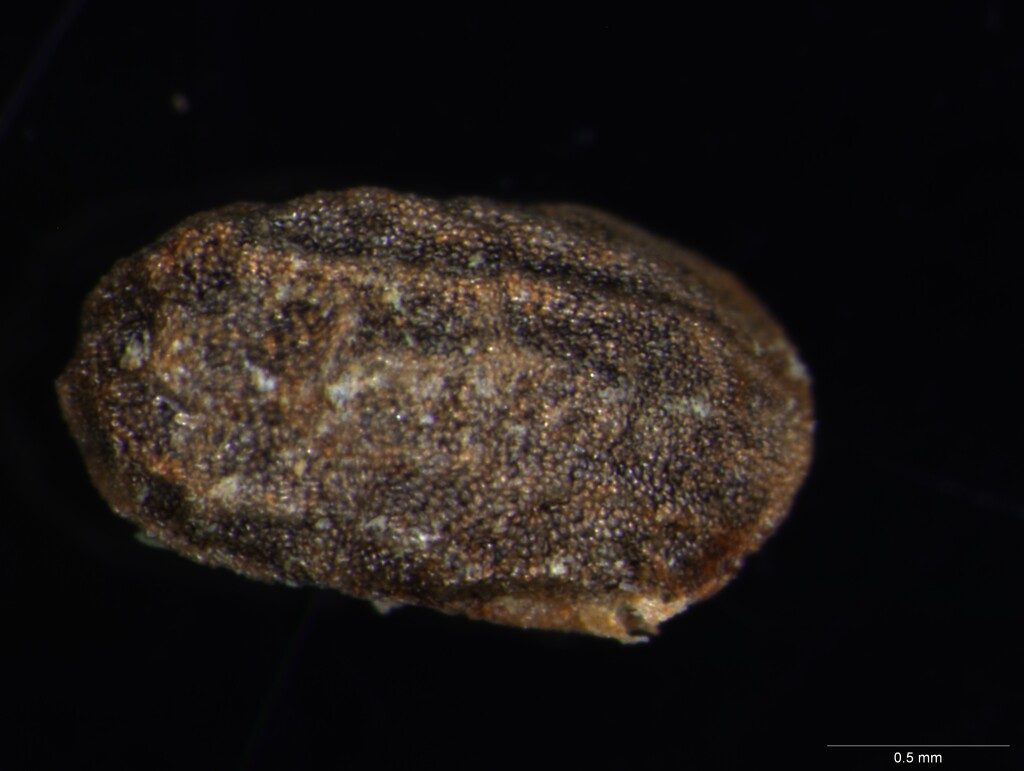Prostanthera incisa
R.Br. Cut-leaf Mint-bushErect, openly branched shrub, 2–2.5 m high, strongly and rather unpleasantly aromatic; branches laterally ridged, moderately to densely covered with short, curled hairs, densely covered with subsessile glands. Leaves ovate, (10–)15–30 mm long, 8–12 mm wide, green, paler below, covered with short, curled hairs basally and along midrib of abaxial surface, densely covered with subsessile glands, base short- to long-attenuate, margin more or less coarsely toothed with teeth directed forward to laterally, apex obtuse; petiole 3–10 mm long. Inflorescence racemose, often leafy near base; bracteoles not persistent, c. 1 mm long and 0.2 mm wide. Calyx 4–5 mm long, tube c. 2 mm long, adaxial lobe c. 2 mm long (slightly enlarged in fruit); corolla pale mauve to mauve, 7–10 mm long; anthers with appendage only slightly extended beyond locule, hence appearing absent, each locule with a basal tuft of narrowly triangular trichomes. Flowers spring.
GipP, EGL, EGU, Strz. Also NSW. In Victoria mosty confined to moist open-forests and tall shrublands on foothills of the Howe Range, east of Mallacoota Inlet, with a very small, isolated population near Bemm River.
The more easterly Victorian populations were formerly treated as a form of Prostanthera melissifolia, or an unnamed entity with affinities to it (see Conn 1998). They have moderately large (to 30 mm long) leaves with rather obscure marginal teeth. The Bemm River population appears to be the commoner form of the species in New South Wales with leaves to 15 mm long and typically 3 prominent tooth on each margin.
Conn, B.J. (1999). Lamiaceae. In: Walsh, N.G.; Entwisle, T.J., Flora of Victoria Vol. 4, Cornaceae to Asteraceae, pp. 418–459. Inkata Press, Melbourne.
 Spinning
Spinning
